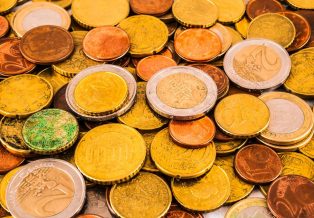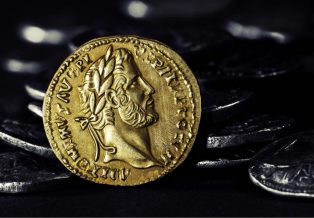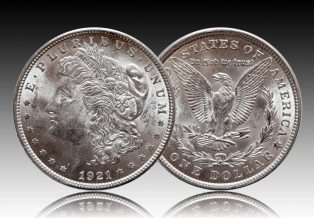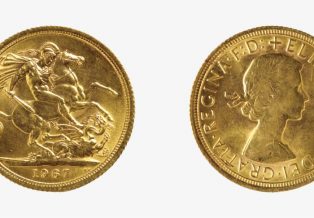All Posts in Coins & Currency

Collectors often spend years curating coins that represent history, artistry, and personal achievement. Once acquired, the next step is deciding how best to protect and display them. With choices ranging from standard flips to clear capsules and handsome albums, it is worth comparing each option to see which best suits both preservation and presentation goals.

Gold usually steals the spotlight, and silver has its loyal fan base, but platinum? That’s the wild card most investors overlook. Platinum coins don’t get nearly the attention they deserve, yet they offer a unique blend of scarcity, market versatility, and collector appeal. If you’re only stacking gold and silver, you might be missing out on one of the most intriguing plays in the precious metals world.

Coin collecting is part art, part science, and unfortunately, part detective work. Fakes are more common than most new collectors realize, and they’re getting harder to spot. Whether you’re shopping at a show or online, knowing how to spot a counterfeit can protect your wallet and your collection. Let’s break down the key signs of authenticity and what coin grading really means when it comes to value.

Ancient coins are more than just currency. They are windows into history, offering a glimpse of ancient civilizations and their cultures. These coins, often crafted with intricate designs, carry both historical and financial value.

You might have heard the stories of people finding rare coins in their pocket change, coins that can be worth hundreds or even thousands of dollars.

When considering investment options, gold coins vs. silver coins is a common dilemma for many investors. Both metals are seen as reliable stores of value and often perform well during periods of economic uncertainty.


